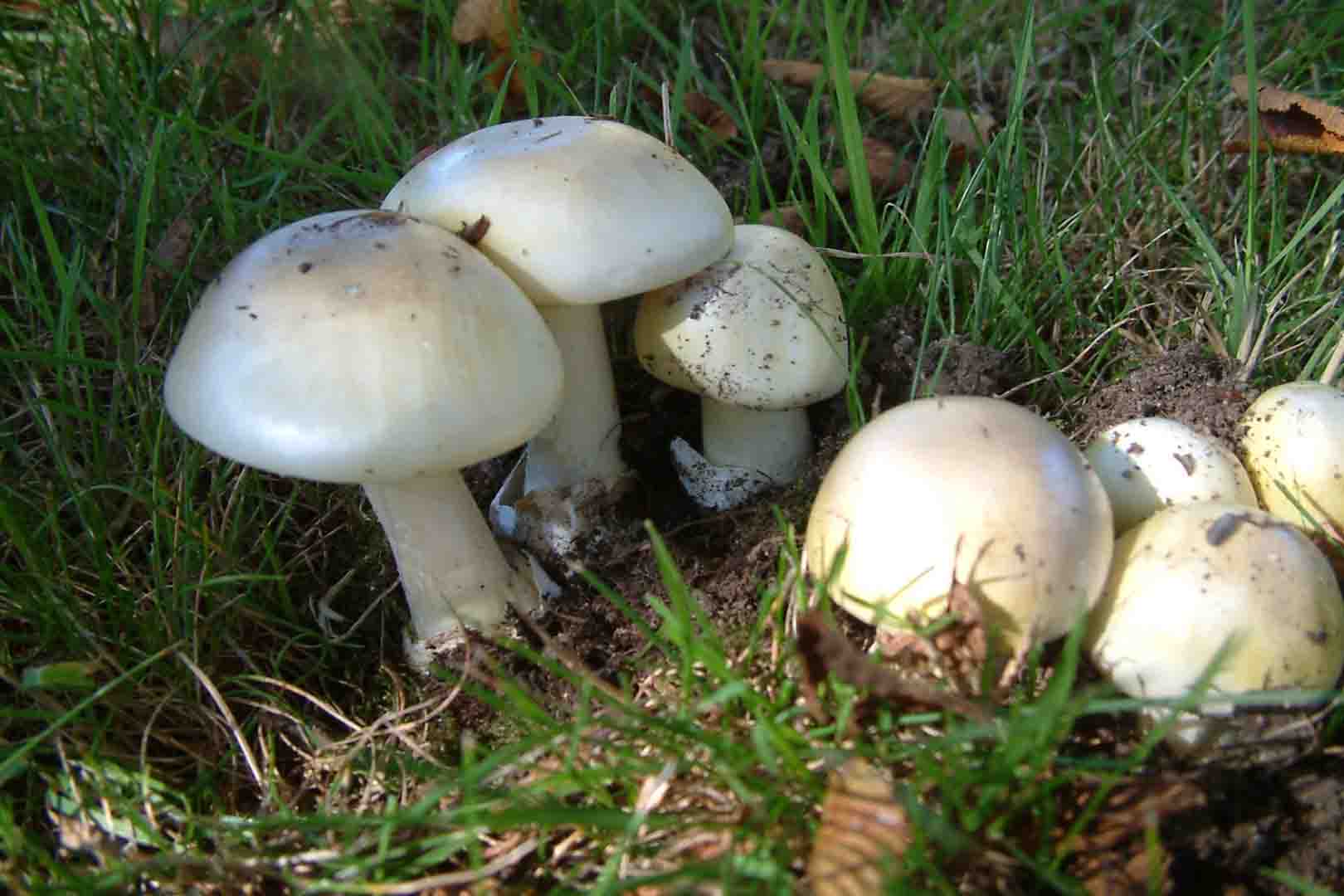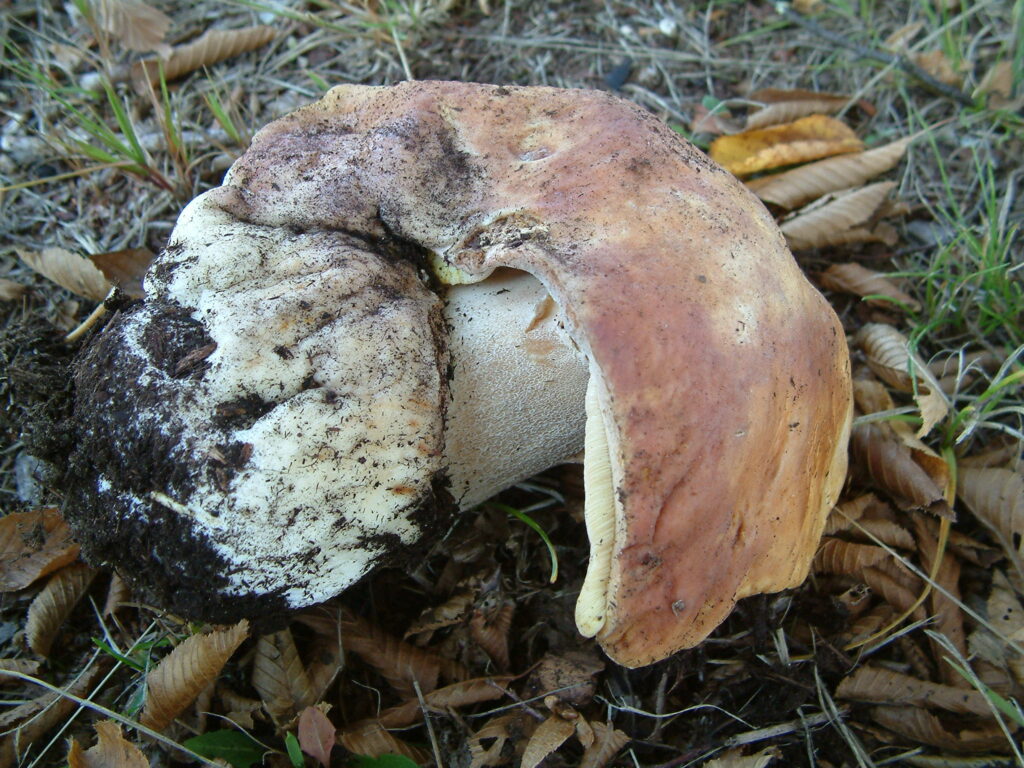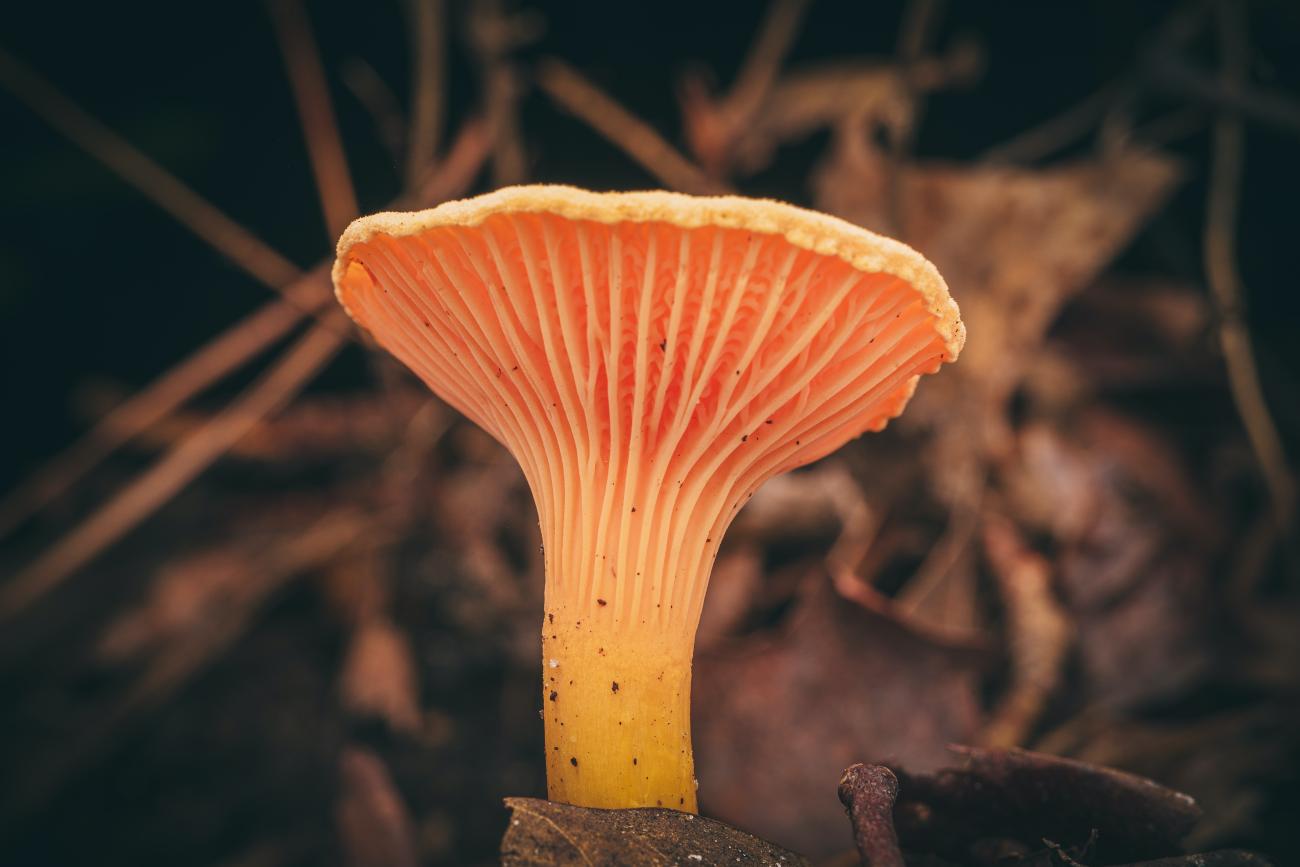How to forage for mushrooms — safely and legally — this fall
It’s prime sprouting time in British Columbia for many a species of fungi, so aspiring mushroom hunters may be wondering just how to go about picking a patch of porcini.
Dr. Mary Berbee, professor in the UBC department of botany, discusses how to safely and legally forage for mushrooms around the city this fall.
How can you forage safely?
Approach mushrooms with a lot of caution. We have more than 200 species of mushroom in BC with about 10 that are worth eating, and about five that are fatal to ingest. Unfortunately, there aren’t any sure-fire tips to avoid poisonous mushrooms — a lot of old ideas like frying a mushroom and seeing if it stains a silver spoon don’t work. If you’re at all unsure, don’t eat the mushroom.
It’s essential to get to know the individual species of mushroom. You can consult the Beaty Biodiversity Museum online guide as well as bring mushrooms to a Vancouver Mycological Society monthly meeting to be identified.
In general, look carefully to make sure the mushroom has the characteristics it’s supposed to. Be careful every time you approach a patch, even if you’ve foraged there before. Don’t assume mushrooms are the same species in every country. Start by eating a very small amount, say, a spoonful, to give your body a chance to react to anything nasty. And, make sure they’re cooked. The safest thing to do is to buy your mushrooms from the grocery store or go foraging with an expert.
Some common poisonous mushrooms around the city are death caps, which are a yellow-green-browny colour. Other poisonous mushrooms are the fibre caps, in the genus Inocybe, which often have a fishy smell and a typically conical cap, and several relatives of the button mushroom, including Agaricus deardorffensis and Agaricus hondensis, which smell like phenol or creosote. Phenol has a strong, sweet, and somewhat medicinal odour, while creosote has a distinct smoky, tar-like smell, like that of a freshly tarred road.
If you have any concerns about something you’ve eaten, you can call the Drug & Poison Information Centre at BC Centre for Disease Control at 604-682-5050 or 1-800-567-8911.

What’s so great about mushrooms?
Mushrooms are the reproductive part of a fungus. There are about 1.5 million species of fungi and they do everything. Some of our worst agricultural diseases are fungal, while on the other hand, many of our forests rely on symbiotic relationships with fungi. Some mushrooms are great recyclers, breaking down dead wood and lignin, the component of plants that gives them their structure.
Mushrooms are mostly water, but they also contain protein, minerals, and fibre, so they’re nutritious — especially when smothered in butter, onions, and cream! And many mushrooms are beautiful and fun to spot.
When and where can you hunt for mushrooms around Vancouver?
When the weather turns cool and wet, mushrooms start to sprout. This should be a great year for them because it’s been rainy this fall. There are mushrooms on the city streets that bloom around mid-September. In the forest, the main flush of mushrooms seems to bloom around mid-October and lasts roughly until the first frost.
Collecting is prohibited in regional parks to protect the natural environment. However, in the city, you can collect almost anywhere that is public property and not a park, such as median strips and boulevards. Be cautious about eating too many from places like this because mushrooms do accumulate heavy metals.
You can also forage on the UBC Vancouver campus or your own lawn if you have one. Keep in mind that poisonous as well as edible mushrooms are common along our city streets.
What kind of edible mushrooms can you find around Vancouver?
Oyster mushrooms are quite common around Vancouver. They have a shell-like structure and grow on dead aspens. But they need to be fresh, otherwise they can accumulate bacteria that can make you sick. If the gills are slanting together, or the mushroom is slimy or soft, that could be an old mushroom.
Small bolete-type mushrooms such as species of Xerocomellus turn up along our streets and many are edible. They have a reddish stalk, with yellow pores and brownish cap. I really like Boletus edulis, or the porcini. It’s not so common in the city, but I’ve seen it around oak trees, fruiting in mid-October.
I love finding chanterelles, because the egg yolk colour is very beautiful. They may grow in some yards in North Vancouver. And in spring, morels are really delicious. They can be found in the city, often on mulch.

Boletus edulis — King bolete, cep, Steinpilz, penny bun. Photo courtesy of Beaty Biodiversity Museum.
































